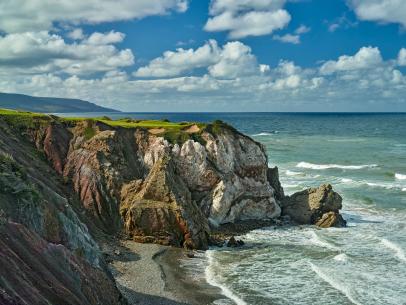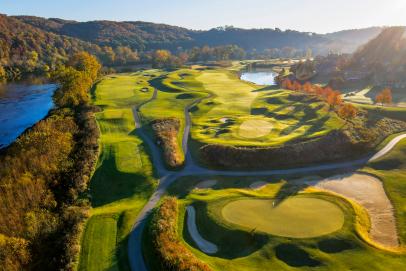Golden Age
The 10 best Seth Raynor golf courses
Princeton grad Seth Raynor hardly knew anything about golf when he was hired by C.B. Macdonald to help construct the National Golf Links of America. Yet Raynor’s engineering background appealed to Macdonald’s logical approach to course design in which he sought to create the “ideal holes” inspired by the first courses in the British Isles.
Raynor continued to build courses for Macdonald after NGLA, including at Sleepy Hollow, Piping Rock, Lido and The Greenbrier. Yet Raynor also designed numerous notable courses of his own, incorporating the same philosophy of ideal holes, though in a more understated manner.
Raynor designed courses all across the country, from the Northeast to Florida to Hawaii—including Waialae Country Club, host of the PGA Tour’s Sony Open—continuing the Macdonald tradition and fueling the Golden Age of golf course architecture.
We’ve gathered his greatest designs in this guide of the best courses designed by Seth Raynor. Given Macdonald and Raynor’s frequent collaboration, in which Macdonald would design a course and Raynor would carry out the construction, experts debate over what is a true Raynor design.
For this guide, we’ve considered the amount of input Raynor had in the design to determine the best courses where Raynor was the lead man. Courses like The Creek and Greenbrier are commonly associated with both men, but Macdonald is largely responsible for the design of each.
Scroll on for the complete list of the best courses designed by Seth Raynor. Be sure to click through to each individual course page for bonus photography and reviews from our course panelists. We also encourage you to leave your own ratings on the courses you’ve played … so you can help other golfers like you make an informed opinion on where to play!
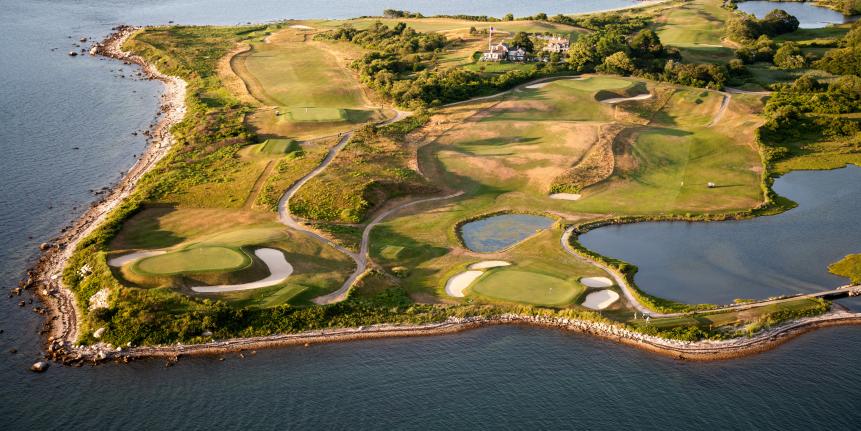
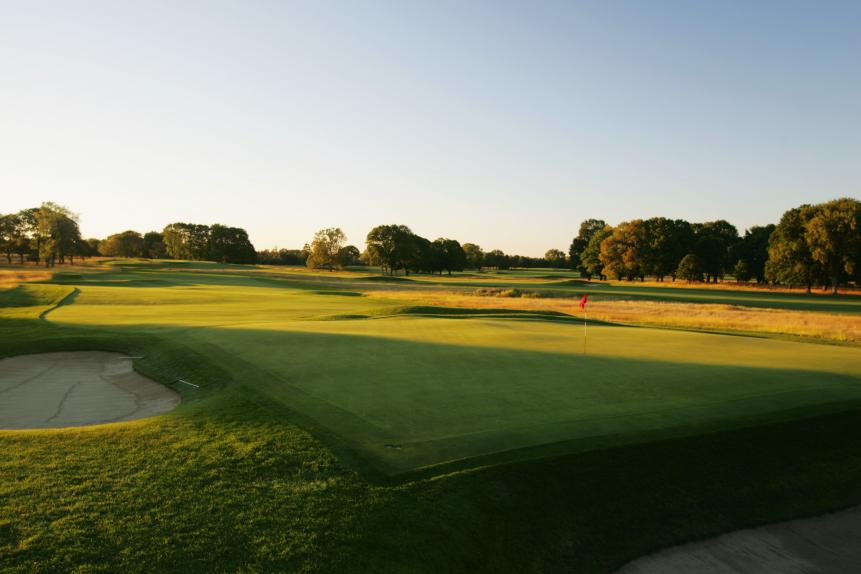
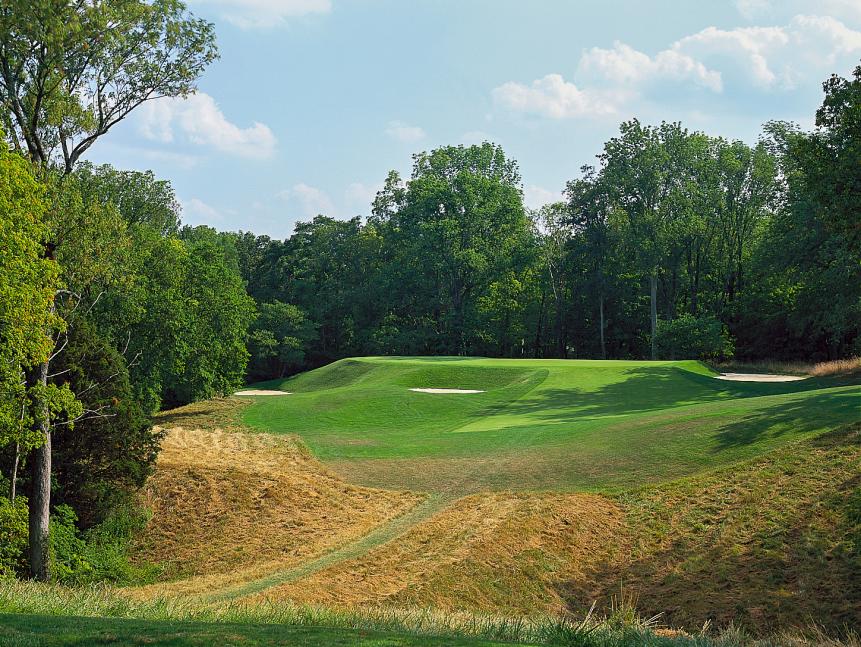
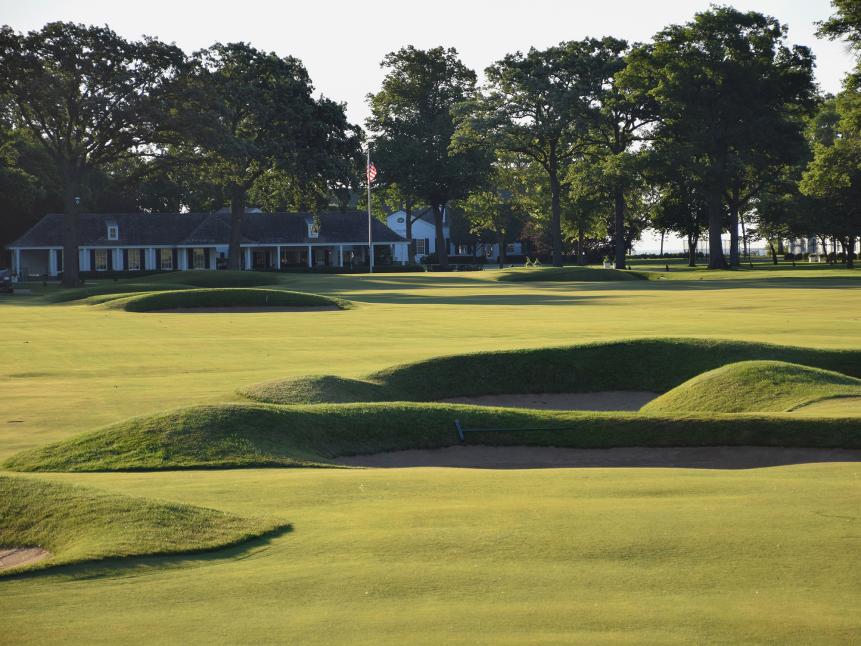
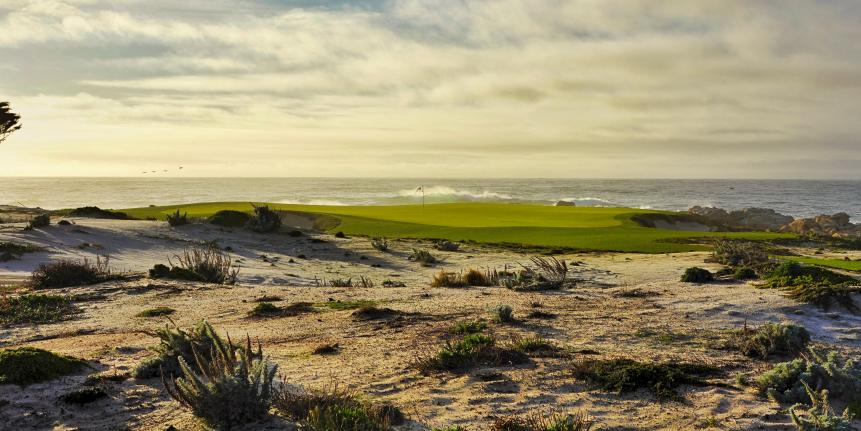
There is much debate over whether the Dunes course is a Seth Raynor design. He routed the course in 1924 but died before its construction. Several redesigns have both enhanced and stripped away the original Raynor features.
The Dunes Course, long in the shadow of its big brother Shore Course (ranked 62nd), was originally routed by Seth Raynor, who died before construction. It was completed by Robert Hunter, a partner to Alister MacKenzie (who did not participate in the work), and Raynor's ideas for the greens were altered before they were even built. In the 1990s, Rees Jones remodeled the course and reshaped holes to mimic the Raynor look, to mixed reviews. In 2016, Tom Fazio was brought in to make the Dunes as appealing to members as the gorgeous Shore Course, though it was former associates Tim Jackson and David Kahn who conceived of and carried out the details of the plan to give the Dunes a MacKenzie look. Sandscapes now frame most holes, fairways now zigzag around jagged bunkers and nearly all the greens are oriented diagonal to lines of play. The Dunes Course now lives up to its name.
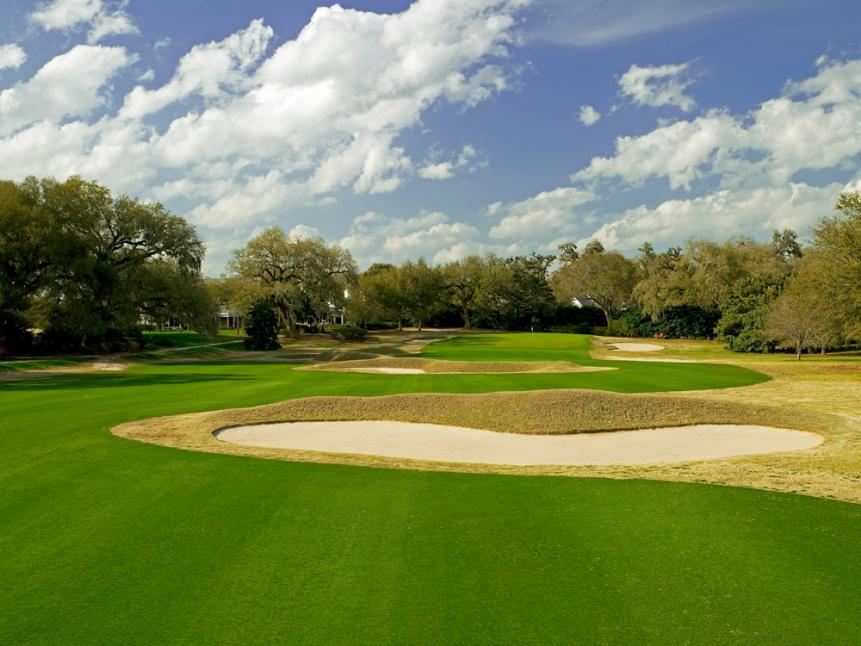

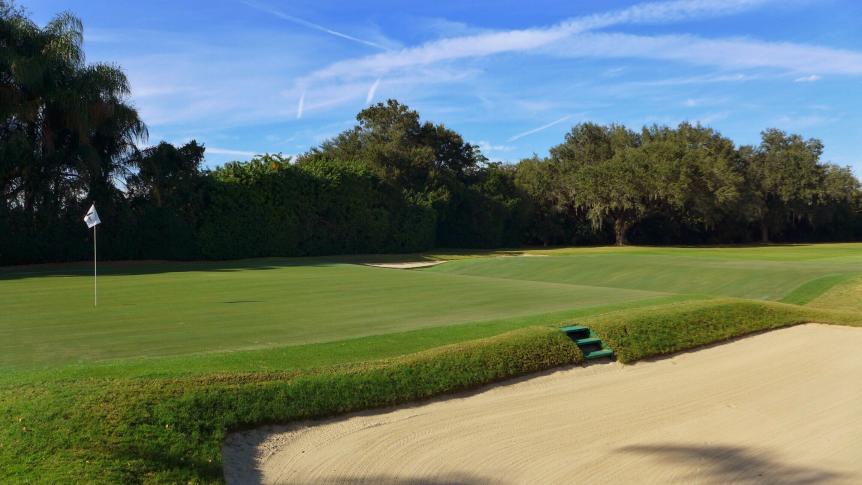
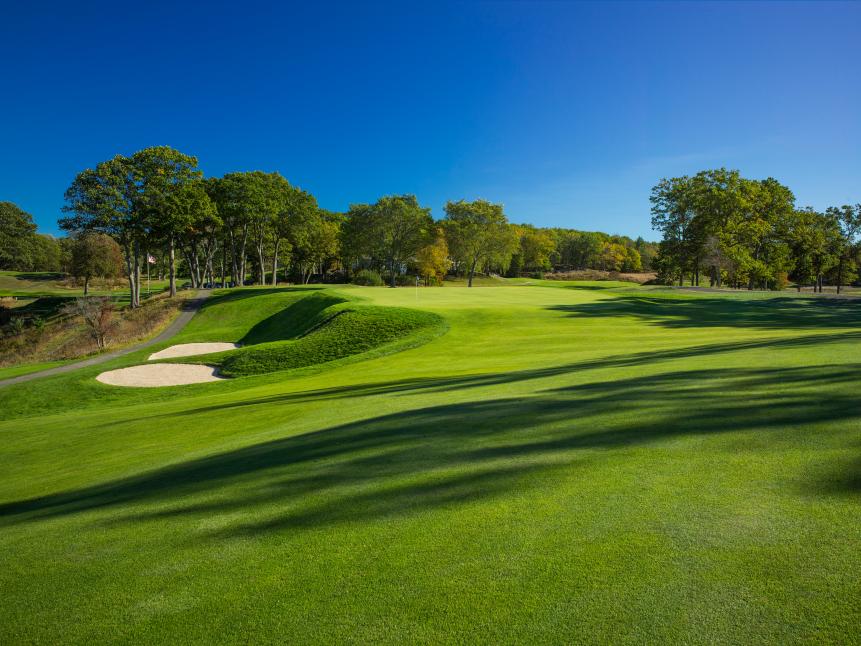
Yale has always been something of a sleeping giant. For a variety of reasons the course has rarely lived up to its full potential, either due to inconsistent conditioning or some ill-considered changes through the decades that moved the architecture off its brilliant 1926 C.B. Macdonald and Seth Raynor design. Given the handicaps, it's remarkable Yale has continued to be so breathtakingly profound. The Leviathan-sized golf course bulges with magisterial holes like the Road, Cape, Knoll and the world’s best Biarritz chiseled onto the rocky, tumbling site. Recently made public, it's one of the few places in the U.S. (notably alongside the Old White course at The Greenbrier) where the general public can experience true Macdonald/Raynor architecture. The sleeping giant is about to awaken as Gil Hanse and Jim Wagner have started work to the original hole concepts and will be upgrading turf and drainage. It's a safe guess to assume Yale will rise up this list once the extensive renovations are complete.

• • •
Explore Golf Digest's new Course Reviews section where you can submit a star rating and evaluation on all the courses you’ve played. We've collected tens of thousands of reviews from our course-ranking panelists to deliver a premium experience, which includes course rankings, experts' opinions, bonus course photography, videos and much more. Check it out here!

